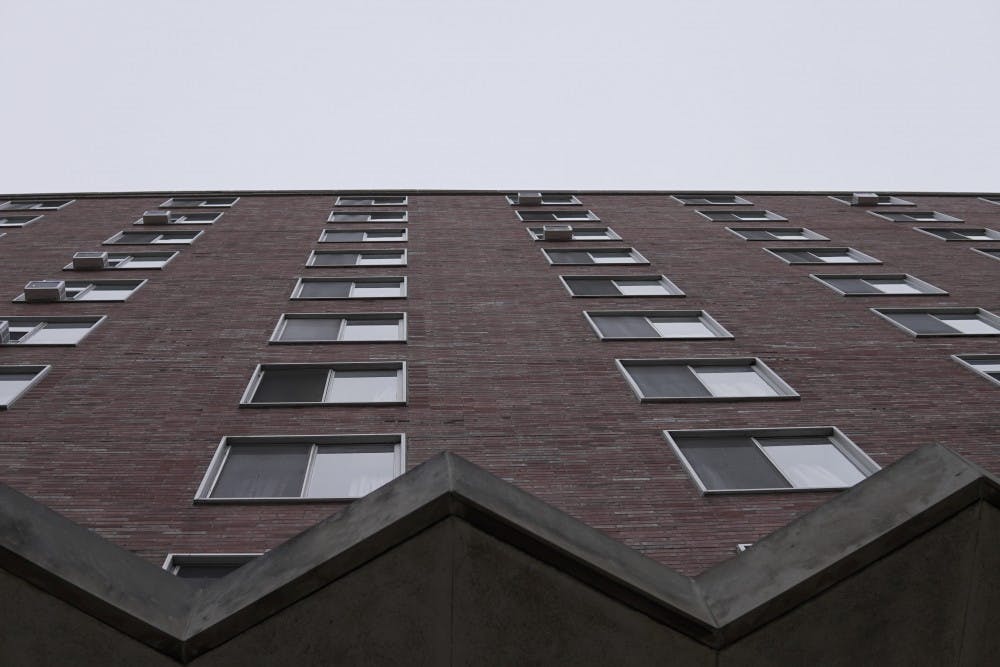Those making their way into college dorm life will be paying more money than students who came before them.
With the recent decision by Ball State’s Board of Trustees to increase room and board rates for the 2019-20 school year, students who are new to the university and not on the premium plan, which is offered through Housing and Residence Life, will see an increase in fees.
“The number one reason that we increase rates is to keep up with inflation,” said Bernard Hannon, Ball State’s vice president for business affairs and treasurer. “As long as inflation goes up, it would be difficult for us not to raise rates.”
On average, freshmen signing room and board contracts will pay $10,534, a nearly 3 percent increase from the cost of room and board for freshmen in 2018, who paid $10,232. Other students could, on average, see a 2.1 percent increase based on the housing and dining plan they choose.
In addition to inflation, the board also considered the expected size of the 2019-20 freshman class — estimated to be 3,700. Other considerations are housing trends, one-time shifts in revenue and expenditures, and the funds needed for the Housing and Dining Repair and Rehabilitation Account. The board also weighed what the lowest rate of increase that achieves a balanced budget could be, according to the meeting presentation.
Chris Wilkey, assistant director of housing and residence life for marketing, communications and technology, said the increases in room and board costs keeps the university from having to “play catch up” and dramatically change prices when funds are needed for things like residence hall improvements.
“If [students] have a premium plan, they will not see a change in their rates — that’s one of the benefits of having the plan in the first place,” Wilkey said. “Everybody else is going to see that slight tick (up) if they choose to live on campus for the next year.”
On a premium plan, students sign a mandatory two-year contract.
Students seemed split on whether or not the board’s decision would impact their housing choices.
“I don’t think a 3 percent rise will cause me to go out of the dorm,” said freshman Spencer Naugler.
Other students, however, did not share Naugler’s opinion.
“I feel like it’s probably going to be more difficult for kids who already have a hard time paying for room and board,” said sophomore Emilia Layne.
Despite these rate increases, room and board at Ball State has remained cheaper than most other schools in the Mid-American Conference (MAC) and across the Great Lakes region, according to information provided to the Board.
Ball State stays below the average cost, according to Hannon, by operating efficiently, buying in bulk, having good energy saving practices and setting money aside each year.
Ball State has received awards for its sustainability efforts according to the university’s website, including being one of only 24 schools out of 629 to make the 2018 Princeton Review Green College Honor Roll.
“We build good, high-quality residence halls. We don’t build cheap ones,” Hannon said.
According to the website of the National Center for Education Statistics (NECS), Ball State has increased its room and board rates each academic year since the 2014-15 school year, which is as far back as the data goes.
But Wilkey said those dollars go toward maintaining some of the best living conditions in the state and in the MAC.
“Room sizes are about average, but the amenities that we provide and the intentional experiences with the living learning communities and academic peer mentors and different spaces within the building — we are kind of that top-tier in residence halls,” Wilkey said.
Contact Scott Fleener with comments at jsfleener@bsu.edu or on Twitter @Scott_Reports.





